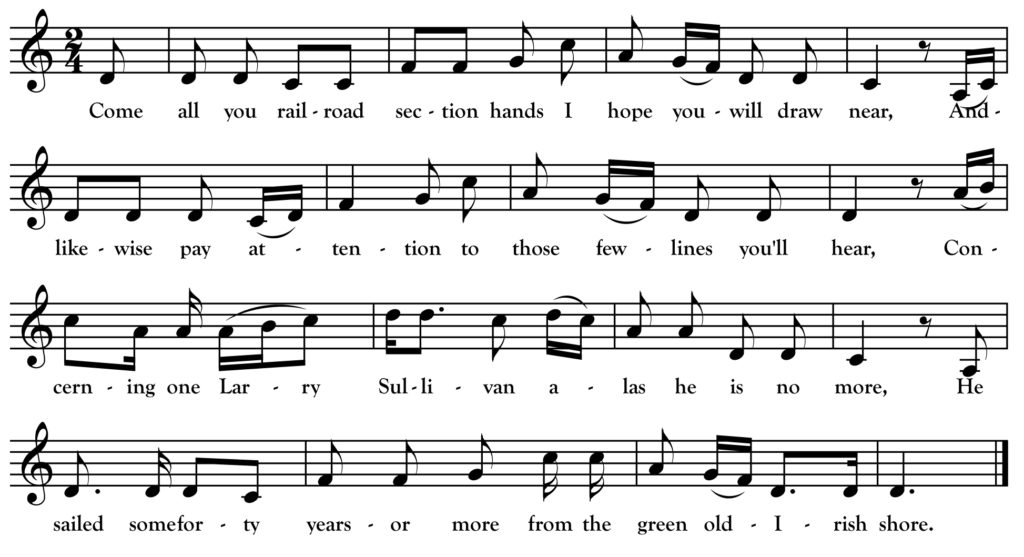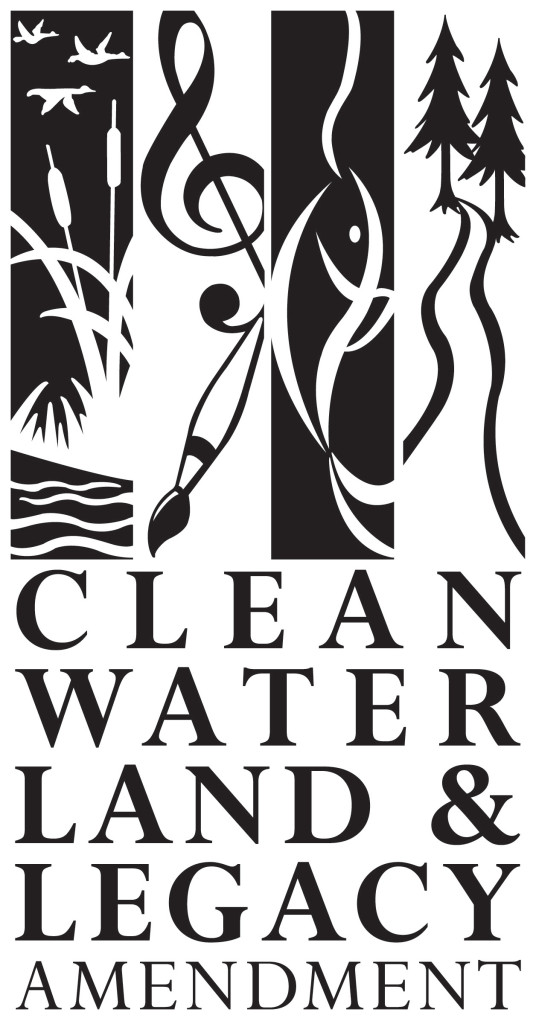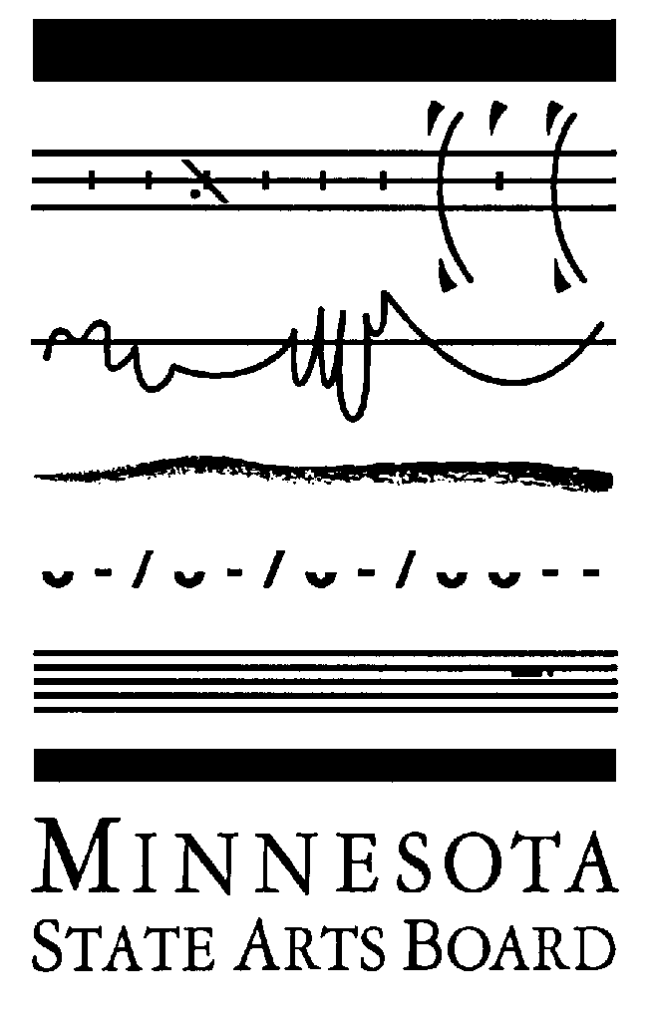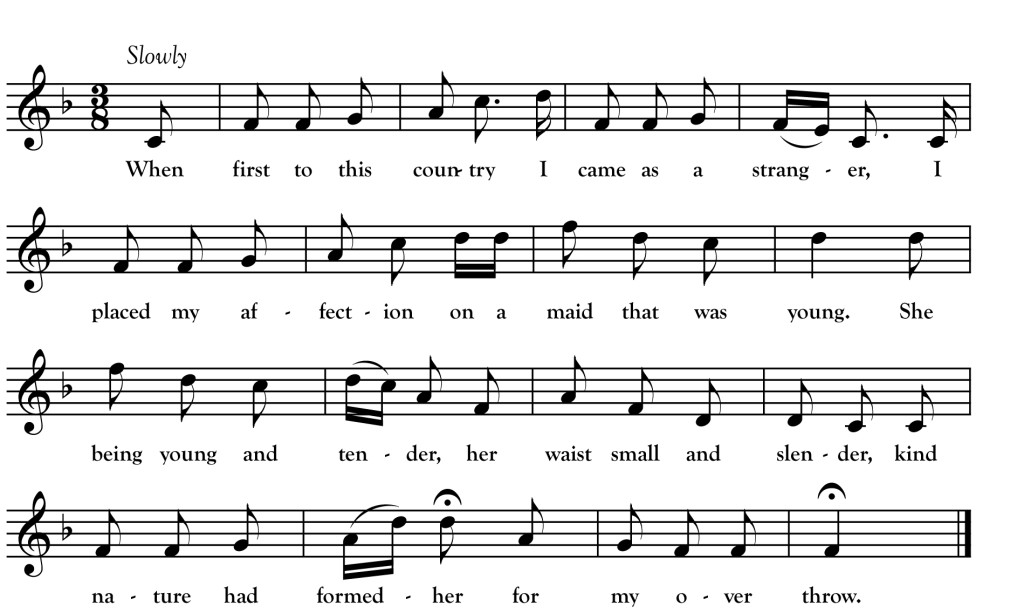Jerry Go Oil the Car (revisited)
**Hear the source recordings for our version of this song at the Minnesota Folksong Collection site: Jerry Go Oil the Car (1) and Jerry Go Oil the Car (2)
Come, all you railroad section hands, I hope you will draw near,
And likewise pay attention to these few lines you’ll hear,
Concerning one Larry Sullivan, alas, he is no more,
He sailed some forty years ago from the green old Irish shore.
For four and thirty weary years he worked upon the track,
And the truth to say from the very first day he never had a wreck,
For he made it a point to keep up the lower joints with the force of the tamping bar,
Joint ahead and center back and Jerry go oil the car.
To see old Larry in the winter time when the hills were clad with snow,
It was his pride on his handcar to ride as over the section he’d go,
With his big soldier coat buttoned up to his throat, sure he looked like an Emperor [rarr],
And while the boys were shimming up the ties, sure Jerry would be oiling the car.
When Sunday morning came around to the section hands he’d say,
“I suppose you all know that my wife is going to Sunday Mass today,
And I want every man for to pump all he can, for the distance it is very far,
And I’d like to get in ahead of number ten, so Jerry go oil the car.”
“And now when my friends are gathered around, there is one request I crave,
When I am dead and gone to my rest, place the handcar on my grave;
Let the spike mawl rest upon my breast with the gauge and the old clawbar,
And while the boys are lowering me down, leave Jerry to be oiling the car.”
“Give my regards to the roadmaster,” poor Larry he did cry,
“And rise me up so I may see the handcar before I die.”
He was so weak he could hardly speak, in a moment he was dead;
“Joint ahead and center back,” were the very last words he said.
—————-
For this month’s Lost Forty Project song arrangement and video, Randy Gosa and I worked up this song from the repertoire of Minnesota singer Michael Cassius Dean. I wrote about “Jerry Go Oil the Car” in Northwoods Songs in November 2012. Together with last month’s song, “To Work Upon the Railroad,” it is one of five railroading songs/recitations in Dean’s known repertoire. The others are “O’Shaughanesey,” “The Arkansaw Navvy” and “The Grave of the Old Section Hand.” The transcription above is my version for which I pared down Dean’s text a bit and used a melody based the 1924 cylinder recording of his singing.
Since writing about this song back in 2012, my research has revealed more on Dean’s personal connection to railroading. Dean wrote that he “gathered up” his repertoire in his “wandering around on the Lakes and in Lumber Camps and Rail Road Construction works.”[1] Though I have yet to find evidence that he worked on the railroad himself, Dean ran a succession of saloons across the street from the St. Paul and Duluth depot in Hinckley where he catered to (and perhaps swapped songs with) railroad men employed by the St. Paul and Duluth line in the 1890s.
Also, Michael Dean’s brothers Charles Dean (St. Paul) and James Dean (Milwaukee) were both conductors for the Milwaukee railroad. In fact, his brother James’ 1910 obituary echoes the song’s praise of a man who, through a life of dangerous railroad work, “never had a wreck.”
He was the oldest conductor in the point of service, on the Milwaukee road, having been employed on the railroad for forty-nine years,… Mr. Dean has never h[a]d an accident in which a person was killed through his long term of service, although he himself has had many narrow escapes when the railroad equipment was inferior to that of today. …Railroad men in this city were greatly depressed when they heard of his death as he was one of the most popular railroad men on the system and was regarded by other trainmen as a man of good luck because he never had an accident in so many years of service.[2]
For the above video, The Lost Forty performed our arrangement of this song at the Minnesota Transportation Museum aboard an actual “drover’s coach” built in the 1890s.
This activity is made possible by the voters of Minnesota through a grant from the Minnesota State Arts Board, thanks to a legislative appropriation from the arts and cultural heritage fund.
[1] Dean, Michael C. Michael C. Dean to Robert Frothingham, September 16, 1922. Letter. From American Folklife Center, Gordon Manuscript Collections.
[2] “Oldest Conductor Dies Last Night,” Janesville Daily Gazette (Janesville, WI), June 2, 1910.





